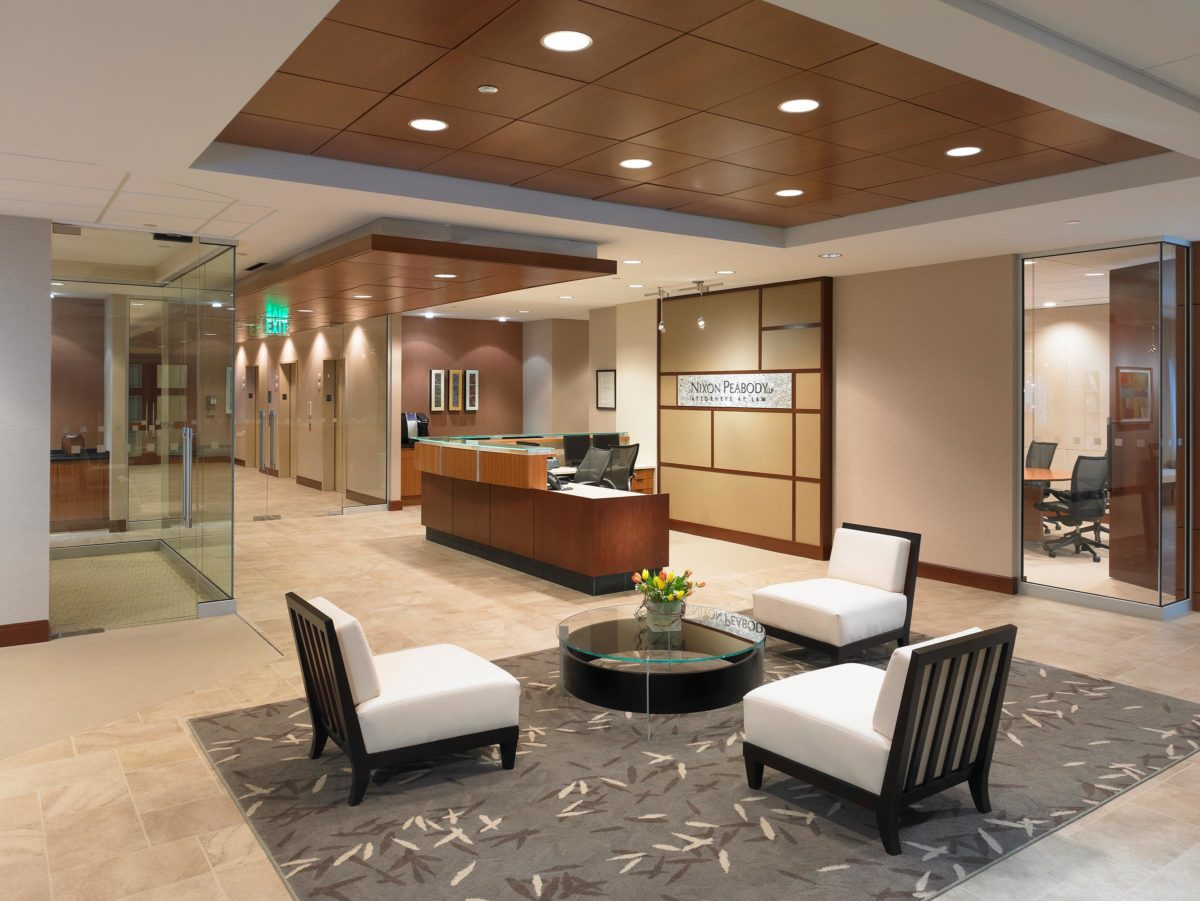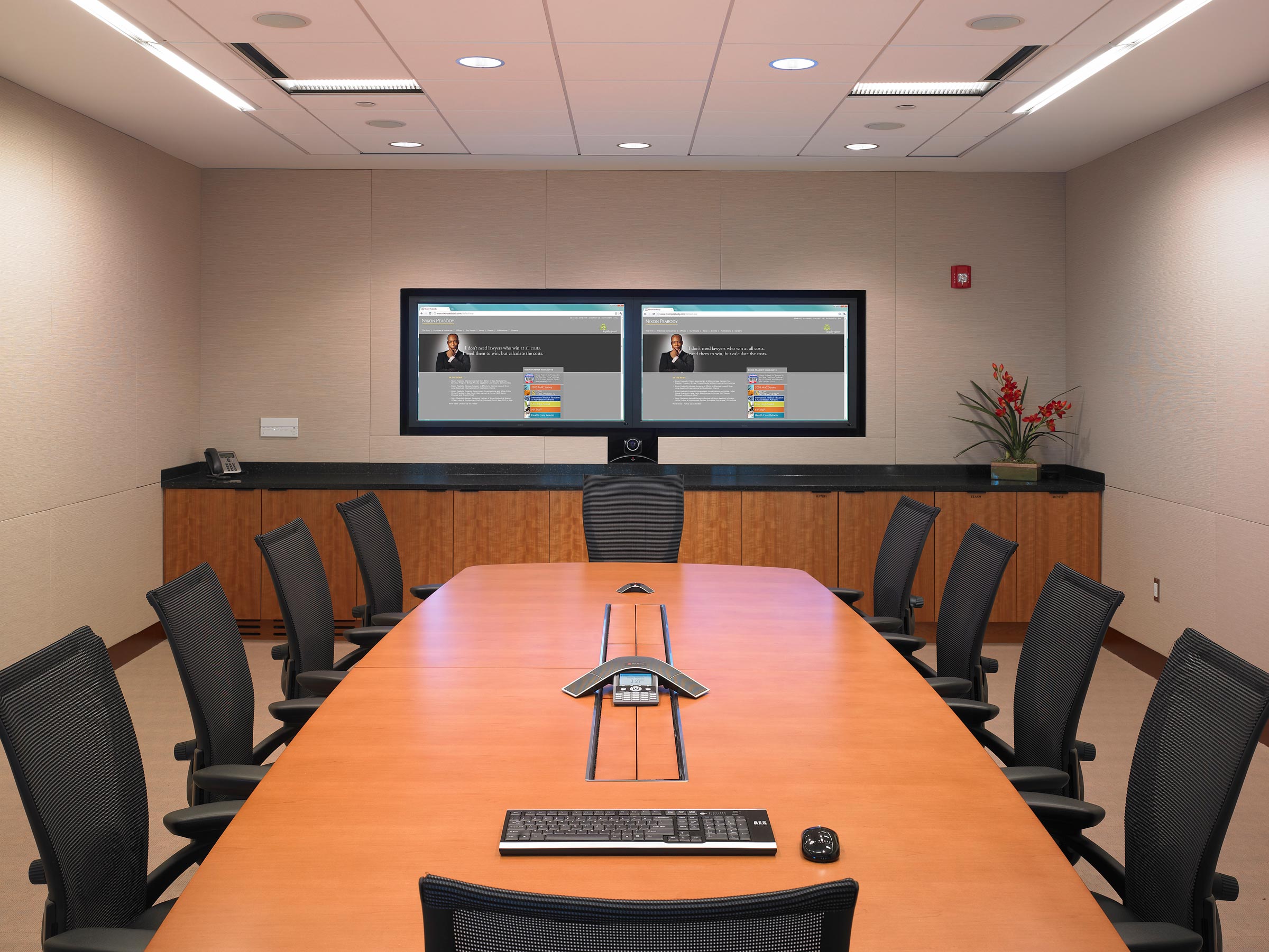Understanding Commercial Lease Standards

INSIGHT BY

Michael J. Brown, AIA
Senior Associate | Project Architect | NYS Code Enforcement Officer
KEY TAKEAWAYS
Equitable Lease Agreements When conducted appropriately and equitably, lessees are likely to stay longer and remain engaged in their space.
Measurements are Key Using a standard system promotes clear communication in real estate transactions.
Identify Rentable Space Knowledge of rentable areas helps to get the most out of agreements.
Leasing commercial space is a critical business arrangement for both the tenant and the owner. While commercial tenants frequently seek input from their attorneys, representation brokers, and other third parties, one of the most often overlooked lease provisions is the method of allocating and measuring the square footage of the leased premises. This is critical because the square footage directly impacts base rent, the tenant’s share of operating expenses, and allowances for tenant improvements. When conducted appropriately and equitably, lessees gain confidence in their lease agreement and are likely to stay longer and remain engaged in that space.
Measurements are Key
BOMA (Building Owners and Managers Association) developed the criteria that is the industry standard in measuring leased space. Founded in 1907, BOMA members are comprised of varied real estate professionals that range from property developers to corporate facilities managers. BOMA’s Office Standard is the leading measurement system for office space.
Although building owners are not obligated to adopt BOMA’s Office Standards, utilizing a standard measurement system can promote clear communications in a real estate transaction, provide consistent measurement of rentable square footage, and allow accurate comparisons through a clearly understood method of measurement. The latest adopted standard − the 2017 edition − tends to benefit owners but there are provisions and approaches for tenants to help even the playing field.
Identify Rentable Space
Architects work with tenants and owners on all aspects of commercial rental projects − from property selection to test fits, renovations, and lease negotiations. Their knowledge of what are considered “rentable areas” can help tenants get the most out of their agreement.
BOMA’s 2017 edition added outdoor balconies, covered galleries, and finished rooftop terraces as rentable − for both exclusive and shared areas. A commercial building owner in the Northeast region could charge rent to all building tenants for a rooftop terrace that may be occupiable only two to three months out of the year. It’s important to check agreements for all rentable space.
Another significant change is the creation of a concept called “Inter-Building Areas,” which gives owners the ability to allocate amenity and service-related areas such as loading areas and conference rooms for a specific tenant(s), rather than allocating such spaces to every tenant on a floor or all tenants in the building. As part of this new concept, tenants may identify and require that they are not charged rent for building space they don’t use. Inter-building area does not change the total rentable area of a building, but it does allow rentable areas to be distributed more fairly.

The latest addition includes several space measurement nuances that require attention to detail. First, floor plan areas do not always include window recesses, but can be measured to the inside face of wall, a benefit for the tenant. Second, interconnecting stairs and other floor plan voids are not included in the rentable area. Finally, most of the time the actual wall dividing the tenant space from other spaces − such as parking and stairs − should not be included as rentable area.
Conclusion
Finding office or commercial space is a critical part of running a successful business. The right space can positively effect the company’s culture and its long-term success. An architect with a thorough knowledge of commercial leasing standards can help negotiate lease agreements that will benefit tenants and building owners for years to come.
